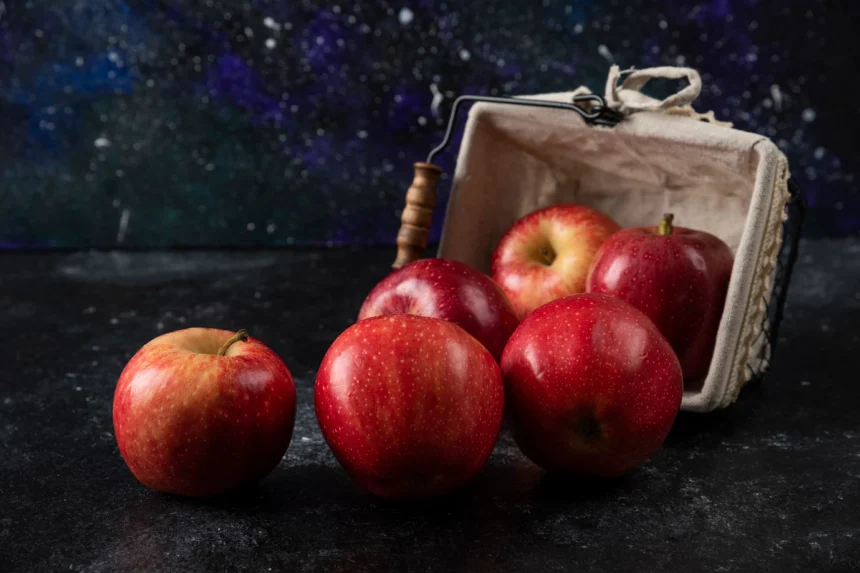Fire blight is a highly destructive bacterial disease that affects a variety of fruit trees, including apple trees. Here are some symptoms of fire blight that you should look out for in apple trees:
- Blossom Blight: The infection typically begins with the blossoms. Infected blossoms appear water-soaked and turn brown or black. They may remain attached to the tree, giving a “burned” or scorched appearance.
- Shoot Blight: The disease progresses from the blossoms to the young shoots. Infected shoots exhibit a characteristic shepherd’s crook shape, where the tip of the shoot wilts and bends over, resembling a curved staff.
- Cankers: Cankers are sunken, discolored areas on the branches, twigs, or trunks of the tree. They often have a dark, oozy appearance and may exude bacterial ooze. Cankers can occur at any time of the year and can girdle the branches, causing dieback.
- Fruit Infections: Fire blight can infect developing fruit, causing a condition known as fruit blight. Infected fruit turns brown or black and becomes shriveled and mummified, often remaining attached to the tree.
- Rootstock Infections: In severe cases, fire blight can infect the rootstock of the apple tree, leading to root and crown rot. This can cause tree decline and eventual death.
- Spreading Infections: Fire blight bacteria can spread from infected plant tissues to healthy tissues through rain, wind, insects, or pruning tools. It’s important to note that fire blight can progress rapidly, especially under warm and humid conditions.
If you observe these symptoms on your apple trees, it’s crucial to take action promptly. Contact your local agricultural extension service, arborist, or horticulturist for proper diagnosis and guidance on how to manage and control fire blight in your specific area.
Join 'Farmers Mag' WhatsApp Channel
Get the latest Farming news and tips delivered straight to your WhatsApp
CLICK HERE TO JOIN






